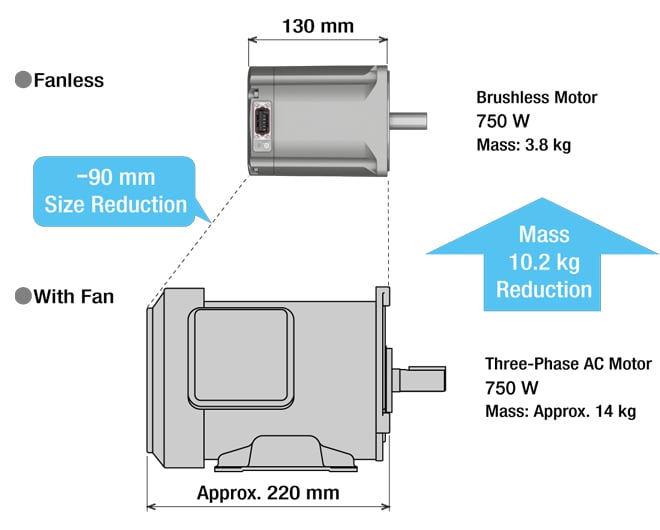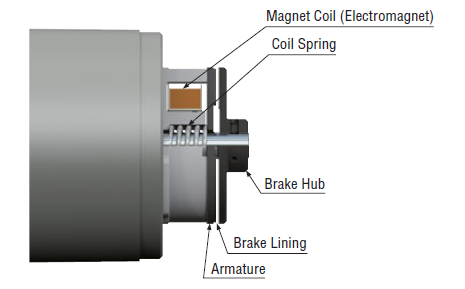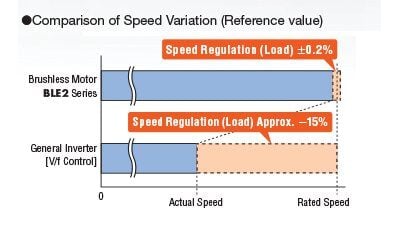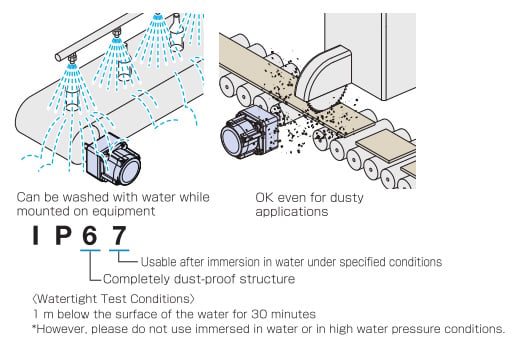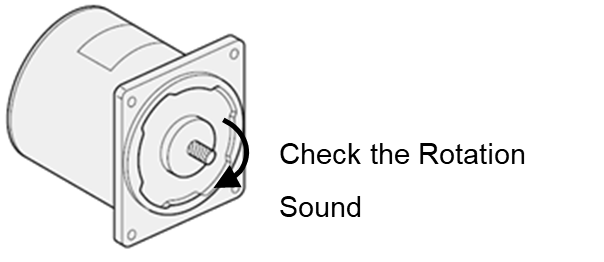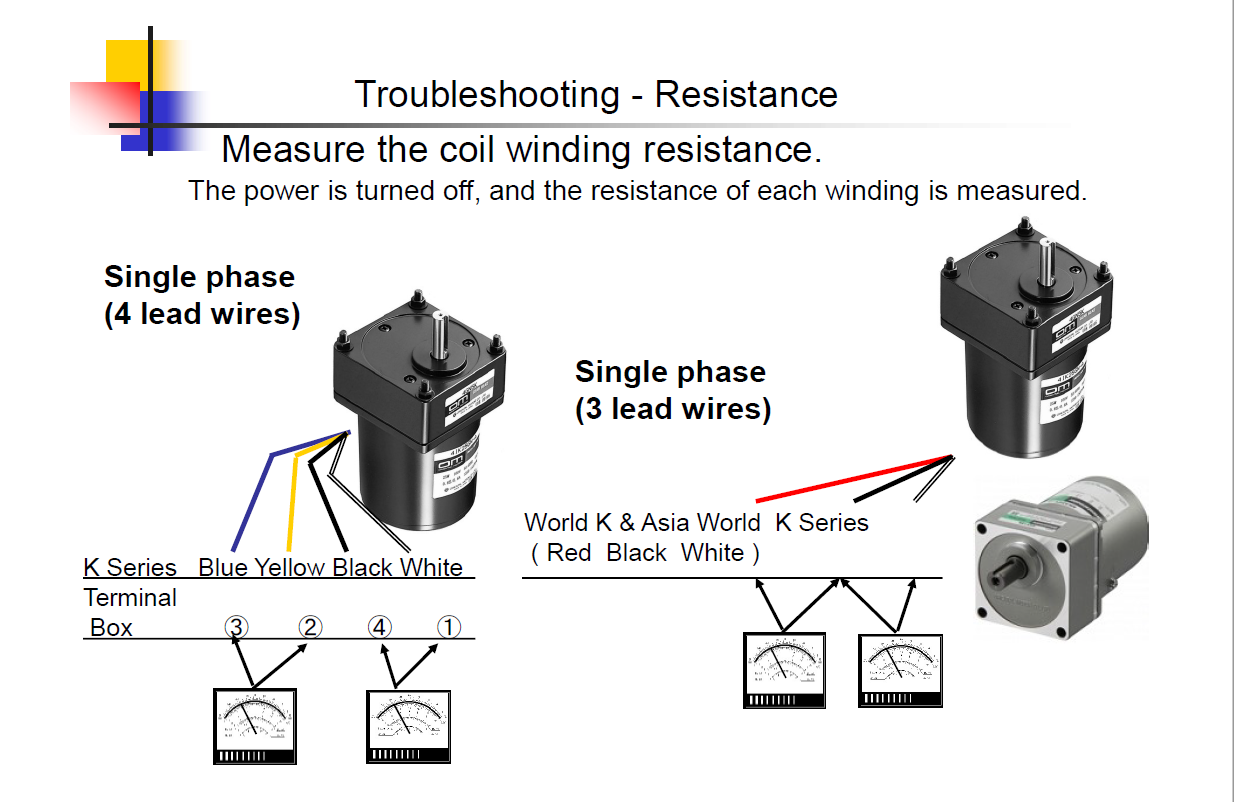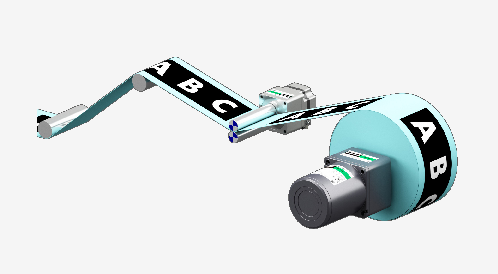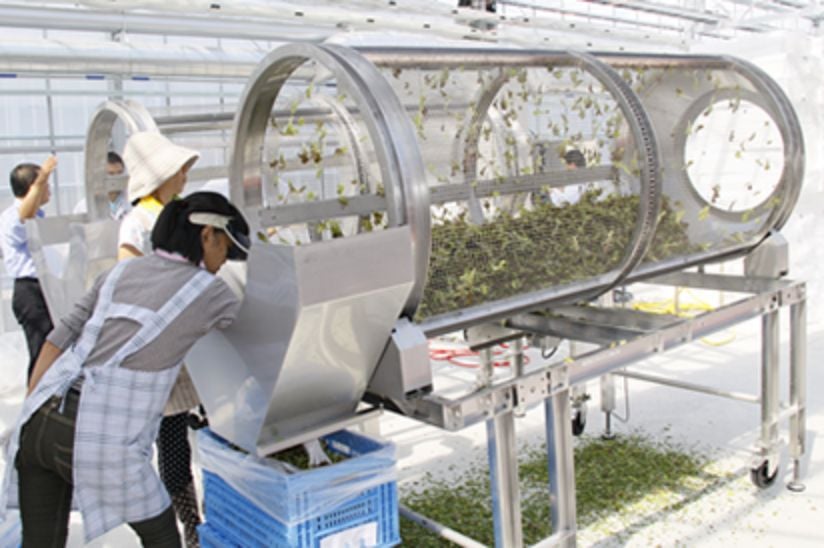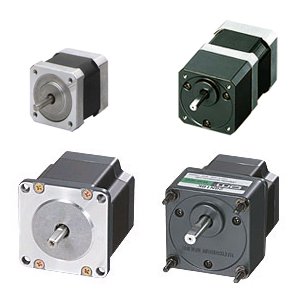For machine designers who typically specify 3-phase AC induction motors and VFDs to meet variable speed requirements, brushless DC (BLDC) motors can be a cheat code to designing smaller, lighter, and more efficient machines. This article compares our 750 W (1 HP) Brushless DC Motor to an equivalent AC motor in efficiency, size/weight, and performance.
Welcome to Oriental Motor's "Engineering Notes" Blog:
Products and technology are only valuable when coupled with skilled people and services to support them. Since 1978, ORIENTAL MOTOR U.S.A. CORP. has been building a service and support system to better serve customers. It is our goal to provide the best product and service from the design phase, through the sale and beyond.
Our blog will feature:
- Introduction to new products and technologies
- Motion control basics and application examples
- Tips for motor selection, programming, and troubleshooting
Head-to-Head: 1 HP BLDC Motor vs 1 HP AC Induction Motor
Topics: AC Motors, Speed Control, BLDC Motors, Application Examples, New Product Introductions
Why Electromagnetic Brake Type Motors are Necessary for the Medical Industry
Topics: AC Motors, Stepper Motors, Robotics, Linear Actuators, VIDEOS, BLDC Motors, Vertical Lifts, Application Examples, Service Life, Medical, AGV/AMR, Laboratory
VFD vs BLDC: Which Technology is Better for Speed Control?
While AC induction motors and VFDs are often the go-to choice for speed control applications, several other alternatives are available, from servo motors to AC motors with tachometers. However, brushless (BLDC) motor technology is quickly growing in popularity in compact designs while also offering other advantages that are often overlooked.
Topics: AC Motors, Speed Control, BLDC Motors
What Does Ingress Protection Really Mean for Electric Motors?
Electric motors drive our world, but they can be susceptible to environmental hazards like dust or water. This article explores IP ratings and codes, what they are, how they're tested, and why they're critical for motor durability and reliable performance.
Topics: AC Motors, Speed Control, VIDEOS, BLDC Motors, Washdown, Application Examples, Motion Control Basics, Conveyors
Motors exhibit noise. The important thing to know is how you distinguish normal noise from abnormal noise, and how to troubleshoot.
Topics: AC Motors, Stepper Motors, Speed Control, Gearheads, Troubleshooting
AC motors are the workhorses of industrial automation. They're robust, easy to use, and offer a wide product breadth. What do you do if they stop working, and you don't have a spare?
Topics: AC Motors, Troubleshooting, Motion Control Basics
Tension control is a niche application that is not easy to implement. Using the right type of motor is the first step to success. Hint: you don't always have to use a servo motor.
Topics: AC Motors, Torque Limit (Push Motion, Tension Control)
Case Study: Using Agricultural Automation to Improve Production Efficiency
According to the Food and Agriculture Organization (FAO) of the United Nations, global food prices reached an all-time high in 2022. This case study explains how a vegetable farm in Hokkaido, Japan, improved production efficiency and reduced costs by building in-house automation.
Topics: AC Motors, Speed Control, BLDC Motors, Washdown, Food & Packaging, Case Studies
Increasing power efficiency and minimizing the carbon footprint is the trend these days. Do you know how to calculate CO2 emissions from your electric motors, and which types of motors emit less?
Topics: AC Motors, Speed Control, BLDC Motors
Which type of electric motor do you size for your conveyor, XYZ table, or robot? Before you select one, you must understand the characteristics of each type of motor in the market.
Topics: AC Motors, Stepper Motors, Speed Control, Motor Sizing, BLDC Motors, Washdown, Servo Motors, Motion Control Basics, Conveyors
